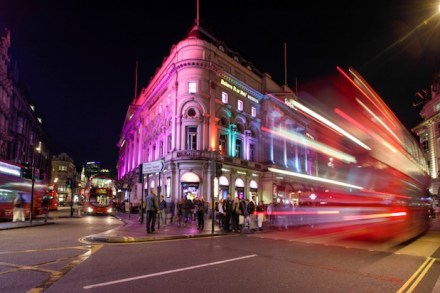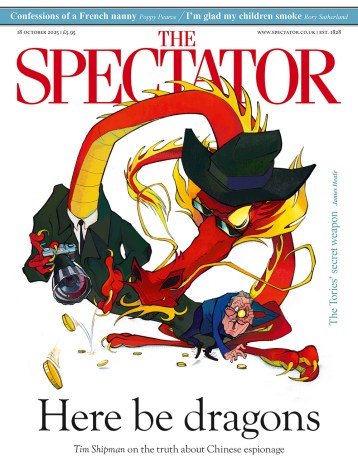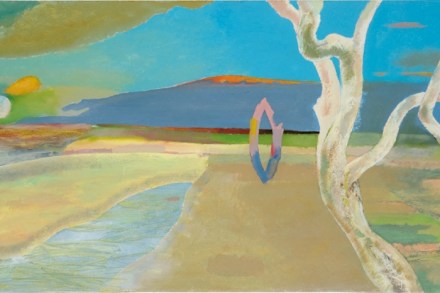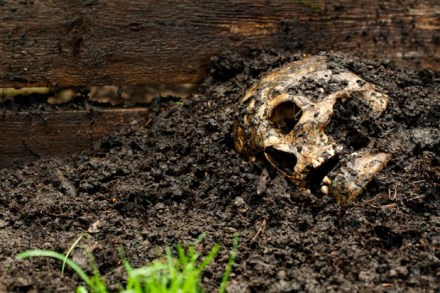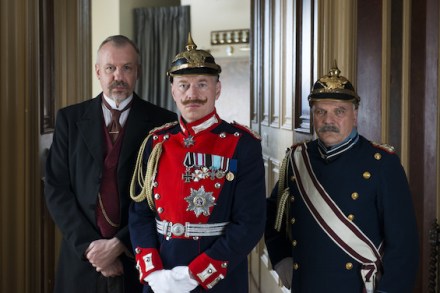Anthony Horowitz’s diary: Keeping James Bond’s secrets for the Smersh of publishing
It was quite fun being named as the new writer of 007 — although actually I’d make a lousy spy. As my family knows, I’m hopeless at keeping secrets and I’ve found it almost impossible hanging on to this one for the past few months. Even now I’m forbidden to reveal the title, the story, the date it takes place or any of the characters… and I’ll probably get into trouble even for writing this. Believe me, Orion Books and their legal department are more sinister than Smersh. In fact I did quite well and only dropped one clue to someone who follows me on Twitter. He asked me what
